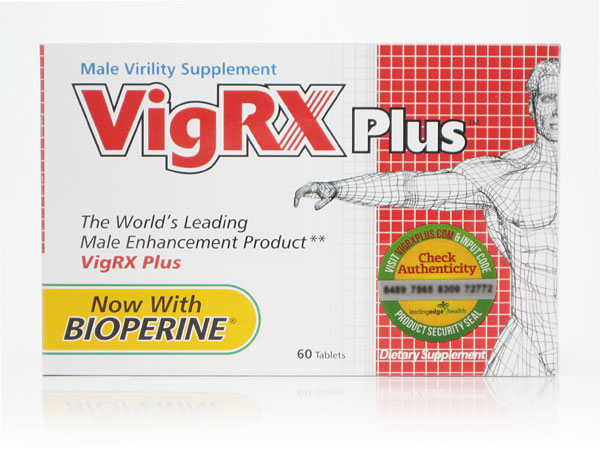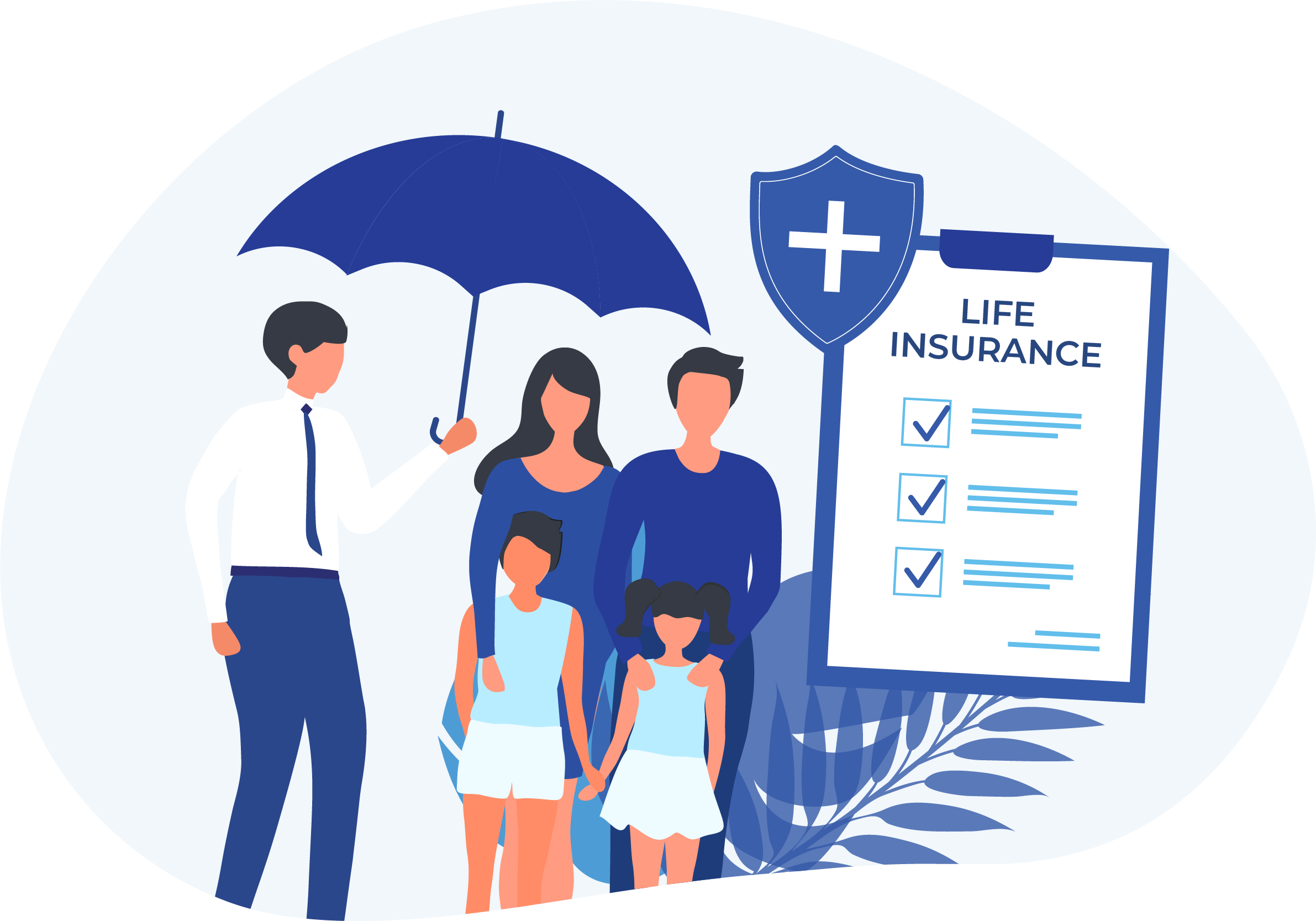Social media is a cornerstone of digital marketing, serving as a primary channel for customer engagement and business growth. However, merely having a presence on platforms like Instagram, Facebook, and LinkedIn isn't enough to guarantee a steady stream of traffic. To effectively boost your social media traffic, it takes strategic planning, targeted tactics, and consistent effort. Below are seven strategies that can help elevate your social media presence, engage more users, and ultimately increase your website traffic.
Optimize Your Social Media Profiles
Before diving into content creation, it’s essential to optimize your social media profiles. Your profiles act as the first touchpoint for potential followers and clients. They need to be clear, professional, and easy to navigate. This involves having a high-quality profile image that reflects your brand, a succinct and engaging bio, and a link to your website or a dedicated landing page.
For instance, on Instagram and Twitter, you only have a few characters to describe who you are and what you do. Make those words count by including a strong call-to-action (CTA) like “Visit us for expert marketing tips!” Ensure that your website links are updated and point to pages where visitors can take immediate action, whether it’s subscribing to your newsletter, checking out your services, or making a purchase.
Moreover, many social media platforms now allow additional customization options such as featured stories (Instagram), pinned posts (Twitter), or customizable banners (LinkedIn). Use these features to highlight your best content, current promotions, or essential information that can hook your audience immediately.
Create High-Value, Shareable Content
Content is the lifeblood of social media. The more valuable and shareable your content, the more likely it is to be spread organically by your followers. Quality content not only drives traffic but also builds your brand’s authority and credibility. Create a mix of content types to appeal to a broader audience—videos, infographics, how-tos, blog posts, memes, and live streams can all serve different purposes and attract varied engagement.
For high-value content, focus on educating or entertaining your audience. Provide insights, statistics, tips, or industry knowledge that aren’t easily found elsewhere. The more original your content is, the more inclined people will be to share it with their networks.
Hashtags can amplify your content’s reach as well. Be strategic with your hashtag use by researching trending and niche hashtags within your industry. Using a combination of popular and lesser-known hashtags can help you reach both broad and targeted audiences.
Engage with Your Audience Consistently
One of the biggest mistakes businesses make on social media is treating it like a one-way street. Posting content is crucial, but interacting with your audience is just as important. Regular engagement—such as responding to comments, participating in discussions, and even just liking posts—makes your brand feel more personal and accessible.
Engagement fosters a sense of community. When people feel heard and valued by your brand, they’re more likely to continue following you, engage more with your content, and even recommend you to others. In turn, this increased engagement can lead to a rise in social shares, comments, and—most importantly—click-throughs to your website.
Host polls, ask questions, or start conversations to encourage interaction. These activities make your social media page feel more like a community space than just a promotional platform, which can help increase the time users spend on your page and their likelihood of visiting your site.
Use Paid Social Advertising
Organic reach on social media platforms is increasingly limited due to algorithm changes. Paid advertising helps circumvent this problem by placing your content directly in front of your target audience. Platforms like Facebook, Instagram, and LinkedIn offer highly customizable advertising options that allow you to set specific demographics, interests, and behaviors to ensure that your ads reach the right people.
Social media ads can be used to promote specific products, blog posts, or other content that will drive traffic to your site. Experiment with different ad formats such as carousel ads, video ads, and lead generation forms. A/B test various ad copies and CTAs to find the most effective combinations for boosting traffic.
Retargeting ads are particularly powerful for capturing visitors who have interacted with your brand before but haven’t yet converted. These ads follow them around the web, subtly reminding them of your offer and encouraging them to return to your site.
Collaborate with Influencers or Brand Ambassadors
Influencer marketing has grown into one of the most effective ways to boost social media traffic. By collaborating with influencers who have a strong following within your niche, you can tap into an already engaged audience and direct them to your content or website.
When choosing influencers to partner with, focus on authenticity and relevance over sheer numbers. A smaller influencer with a highly engaged audience may drive more meaningful traffic than a larger influencer with a passive following. Micro-influencers, in particular, tend to have deeper connections with their followers, which can lead to higher conversion rates for your business.
Brand ambassadors, whether paid or volunteer, can also help amplify your reach. These ambassadors can be loyal customers or employees who naturally advocate for your brand on their social media profiles, encouraging their networks to engage with your content.
Leverage Analytics to Adjust Strategies
Data is key to any successful social media strategy. Regularly reviewing your analytics can reveal what’s working and what needs adjustment. Every social media platform has its analytics section, where you can monitor post performance, engagement rates, and follower demographics.
Use this data to identify trends in your audience’s behavior. For instance, if you notice that video posts get more engagement than photo posts, you may want to invest more time in video content. If certain types of content lead to higher click-through rates, produce more of those posts.
Traffic analytics tools like Google Analytics can help you track how much traffic is coming from social media and which specific platforms are driving it. This enables you to make data-driven decisions about where to focus your efforts and what types of posts are most likely to succeed in driving traffic to your website.
Post at Optimal Times and Consistently
Consistency and timing play a significant role in boosting social media traffic. Posting sporadically or at odd times can lead to missed opportunities for engagement. Research shows that there are optimal times to post for each platform, depending on when your audience is most active. For example, on LinkedIn, the best engagement rates tend to occur on weekdays during working hours, while Instagram posts may perform better in the evening or on weekends.
There are many tools available, such as Buffer and Hootsuite, that can help you schedule your posts for peak engagement times. Scheduling tools not only help you maintain consistency but also free up time for other activities like content creation and community engagement.
In addition to scheduling, create a content calendar that helps you stay organized and on track with your posting. This ensures that you maintain a steady stream of content that aligns with your marketing goals. Over time, a consistent posting schedule will help increase the likelihood that your audience sees, engages with, and shares your content, driving more traffic to your site.
Final Thoughts
Boosting social media traffic requires a blend of creativity, data-driven strategies, and consistent engagement with your audience. By optimizing your profiles, creating high-value content, using paid advertising, collaborating with influencers, and leveraging data analytics, you can enhance your social media presence and increase your website traffic. Social media is a dynamic space—what works today might need adjustment tomorrow—so continuously evaluate and refine your approach to stay ahead of the curve.
FAQ:
What are the main strategies for boosting social media traffic? The main strategies include optimizing social media profiles, creating high-value and shareable content, engaging consistently with your audience, using paid social advertising, collaborating with influencers or brand ambassadors, leveraging analytics for adjustments, and posting at optimal times consistently.
How can I optimize my social media profiles effectively? To optimize your profiles, ensure you have a high-quality profile image, a clear and engaging bio, and a link to your website or a relevant landing page. Utilize features like pinned posts or featured stories to highlight important content and calls-to-action.
What types of content should I create to boost traffic? Focus on creating a mix of content types, including videos, infographics, how-tos, blog posts, memes, and live streams. Ensure the content is valuable, original, and engaging to encourage sharing and interaction.
How often should I engage with my audience on social media? Consistent engagement is key. Aim to respond to comments, participate in discussions, and interact with your audience regularly. This helps build a sense of community and encourages more engagement with your content.
Is paid social advertising necessary for increasing traffic? While not strictly necessary, paid social advertising can significantly boost your reach and traffic. It allows you to target specific demographics and retarget previous visitors, enhancing the chances of driving traffic to your site.
How can I find the right influencers or brand ambassadors for my business? Choose influencers or brand ambassadors who are authentic and relevant to your niche. Look for those with engaged audiences and align with your brand values. Micro-influencers can be particularly effective due to their close connections with their followers.
What should I look for in social media analytics? Monitor metrics such as post performance, engagement rates, and follower demographics. Use this data to identify what types of content perform best and which platforms drive the most traffic to your site. Adjust your strategy based on these insights.
How can I determine the best times to post on social media? Research the optimal posting times for each platform, as they vary based on audience behavior. Utilize scheduling tools to post during these peak times and maintain a consistent posting schedule to maximize engagement.
What tools can help with scheduling social media posts? Tools like Buffer, Hootsuite, and Later can help you schedule posts for optimal times, track engagement, and manage multiple social media accounts from one platform.
How do I create a content calendar and why is it important? A content calendar helps you plan and organize your posts, ensuring a consistent flow of content. It aids in aligning your posts with marketing goals, managing your schedule, and tracking upcoming events or promotions.
Get in Touch
Website – https://www.webinfomatrix.com
Mobile - +91 9212306116
Whatsapp – https://call.whatsapp.com/voice/9rqVJyqSNMhpdFkKPZGYKj
Skype – shalabh.mishra
Telegram – shalabhmishra
Email - info@webinfomatrix.com







 English (US) ·
English (US) ·